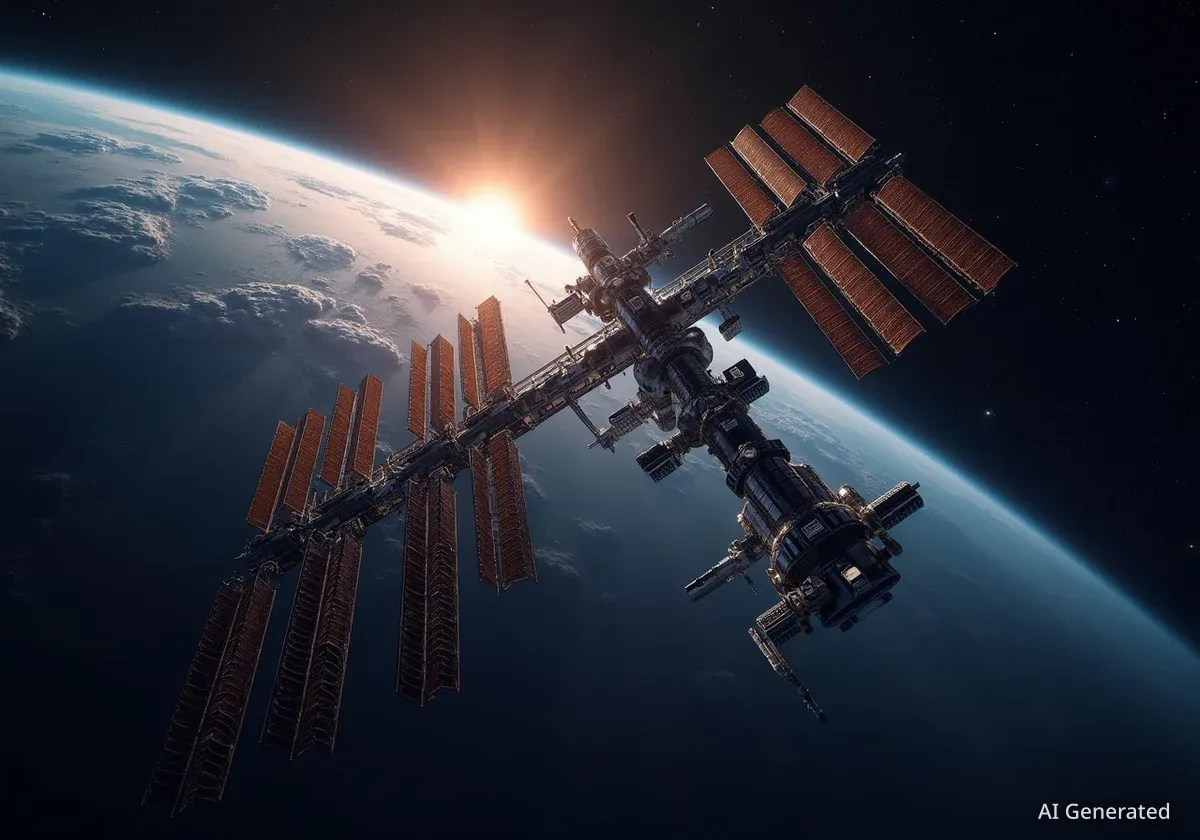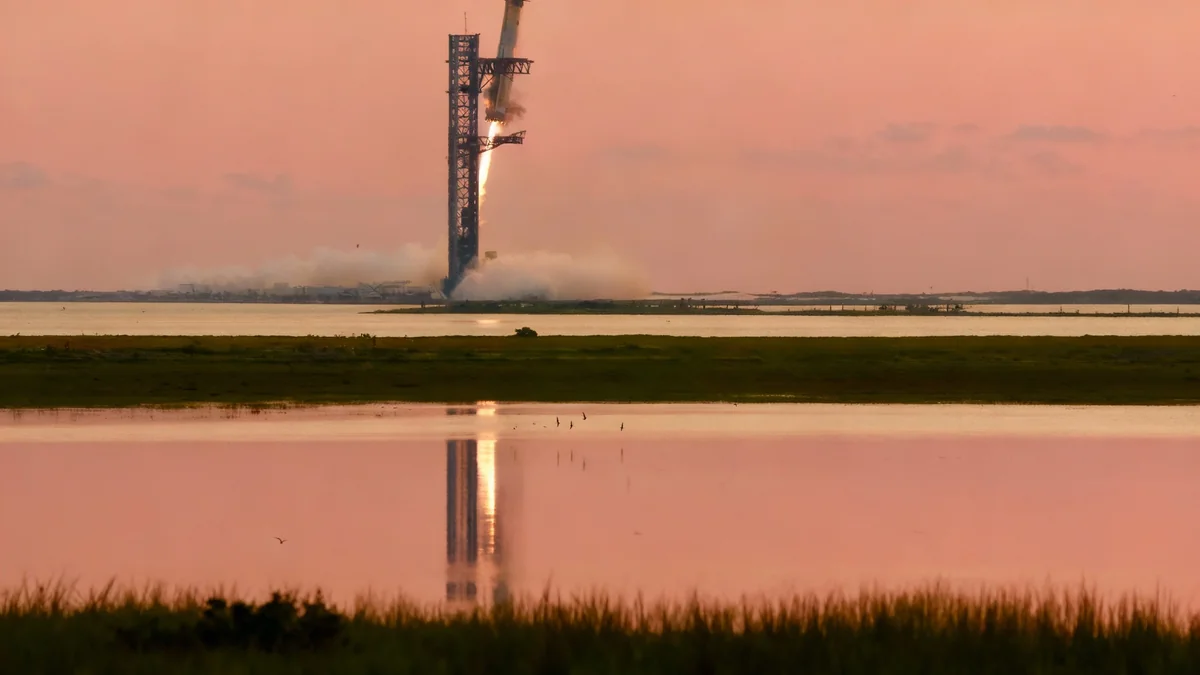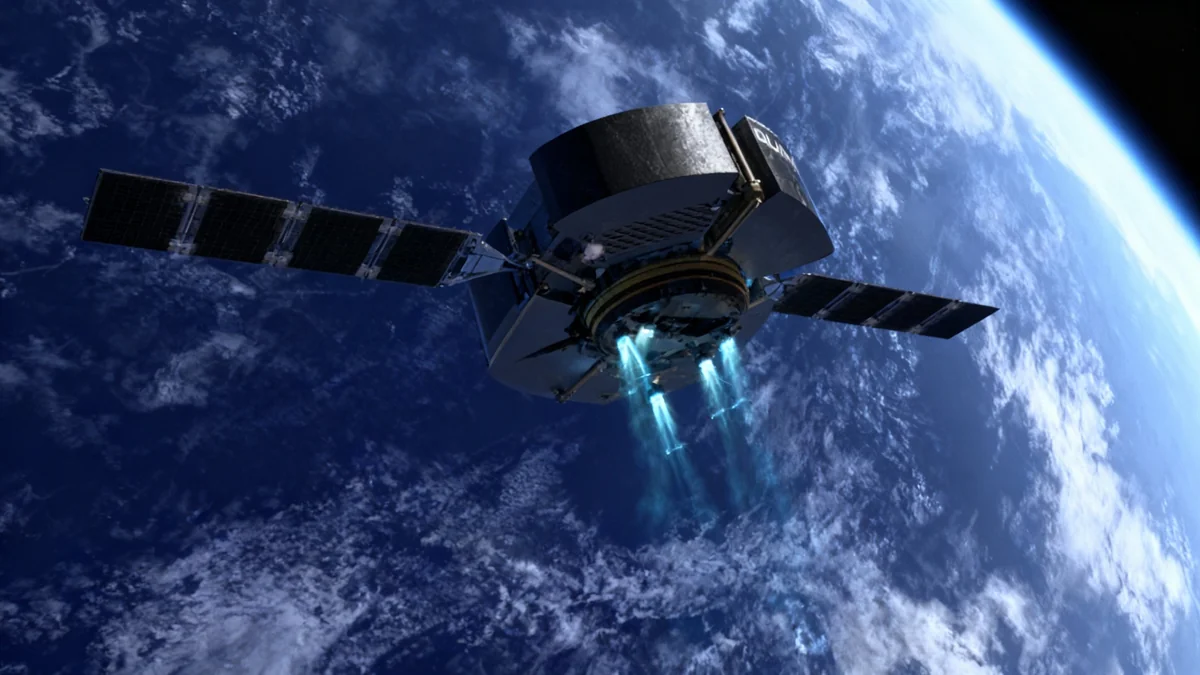As of 2025, two fully operational space stations are orbiting Earth, serving as homes and laboratories for astronauts in low Earth orbit. These advanced outposts, the International Space Station and China's Tiangong station, represent the current extent of continuous human presence in space and are centers for scientific research that is not possible on the planet's surface.
These orbital platforms are supported by decades of technological development and international cooperation. They build upon the legacy of earlier projects that first established humanity's ability to live and work in space for extended periods. As these current stations continue their missions, a new era of commercial and national stations is already in development.
Key Takeaways
- In 2025, the International Space Station (ISS) and China's Tiangong are the only two fully operational space stations.
- The ISS, a multinational project, has been continuously inhabited since November 2000, hosting astronauts from 19 different countries.
- Tiangong became fully operational in 2022, establishing China as a major independent power in human spaceflight.
- Pioneering stations like Skylab, Salyut, and Mir provided the foundational knowledge for long-duration space habitation.
- The future of orbital habitats includes new national projects, such as Russia's planned station, and commercial platforms from companies like Axiom Space.
The International Space Station: A Legacy of Collaboration
The International Space Station (ISS) stands as a significant achievement in global scientific cooperation. For more than two decades, it has served as the primary destination for astronauts and researchers from around the world. Its continuous operation provides a unique environment for experiments that advance human knowledge.
An Unprecedented Partnership
The ISS is not owned by a single nation but is a joint project among five participating space agencies. These partners are NASA from the United States, Roscosmos from Russia, JAXA from Japan, the ESA from Europe, and the CSA from Canada. This collaboration has enabled the assembly and maintenance of the largest artificial structure in space.
Since the arrival of its first crew in November 2000, the station has hosted astronauts and cosmonauts from 19 different countries. This diverse international presence has made it a symbol of peaceful cooperation in science and technology.
ISS by the Numbers
- Average Altitude: Approximately 400 kilometers (250 miles)
- Orbital Speed: Roughly 28,000 kilometers per hour (17,500 mph)
- Orbits per Day: About 16, completing one trip around Earth every 90 minutes
- Continuous Habitation: Since November 2, 2000
A Laboratory in Microgravity
The primary purpose of the ISS is to function as a research laboratory. The unique microgravity environment allows scientists to conduct experiments that would be impossible on Earth. Research on the station covers a wide range of disciplines.
Key areas of study include understanding the effects of long-duration spaceflight on the human body, which is critical for future missions to the Moon and Mars. Other research involves materials science, fluid physics, and biological studies of plants and animals in space.
Tiangong: China's Independent Orbital Outpost
China's Tiangong space station, which translates to "Heavenly Palace," marks a major milestone in the country's space program. Completed in 2022, it is a modern, state-of-the-art facility that provides China with an independent platform for long-term human spaceflight and scientific research.
Modular Design and Capabilities
Tiangong was constructed using a modular design, similar to the ISS and its predecessor, Mir. The station consists of three main components:
- Tianhe: The core module, which provides living quarters and primary station control.
- Wentian: The first laboratory module, equipped for life science experiments and featuring an airlock for spacewalks.
- Mengtian: The second laboratory module, focused on microgravity research in material science and fluid physics.
This T-shaped configuration is designed to support a crew of three astronauts for long-duration missions, with the capacity to temporarily accommodate up to six people during crew rotations. The station's independent operation demonstrates China's advanced capabilities in space exploration.
Pioneers of the Past: Early Space Stations
The operational stations of today were made possible by the pioneering efforts of earlier programs. These first-generation orbital habitats tested the technologies and operational procedures necessary for living and working in space.
The Foundation of Orbital Living
Early space stations were crucial for understanding the challenges of long-term space habitation. They provided invaluable data on astronaut health, life support systems, and the logistics of maintaining a permanent presence in orbit. Each program contributed essential lessons that influenced the design of the ISS and Tiangong.
The Soviet Salyut and Mir Stations
The Soviet Union was a pioneer in space station development, launching the Salyut program in 1971. This series of nine stations, launched between 1971 and 1986, initially served military purposes but later transitioned to scientific research. The Salyut program laid the groundwork for more ambitious projects.
Following Salyut, the Mir space station was launched in 1986. It was the first modular space station, assembled in orbit over a decade. Mir operated until 2001 and set records for the longest continuous human presence in space at the time, a record now held by the ISS. Its legacy heavily influenced the collaborative design of the International Space Station.
Skylab: America's First Space Station
The United States launched its first space station, Skylab, in 1973. It was created from a modified upper stage of a Saturn V rocket. Although its operational life was shorter than its Soviet counterparts, Skylab hosted three crewed missions that conducted important scientific work.
Astronauts aboard Skylab performed nearly 300 experiments, including detailed studies of the Sun and research on human adaptation to microgravity. Skylab's mission ended in 1979 when it re-entered Earth's atmosphere, but its scientific contributions were vital for planning future American space endeavors, including the ISS.
The Future of Habitats in Low Earth Orbit
The landscape of low Earth orbit is set to change significantly in the coming decade. While the ISS approaches its planned retirement, several new national and private initiatives are underway to ensure a continued human presence in space.
New National Ambitions
Several countries are planning their own orbital stations. Russia has announced plans to launch its own new orbital station, with a target launch date around 2027. This move signals a shift away from the ISS partnership toward an independent national program.
The Rise of Commercial Space Stations
A major development is the emergence of privately funded and operated space stations. Companies like Axiom Space and Blue Origin are actively developing commercial platforms. These stations are intended to serve a variety of customers, including national space agencies, private companies, and space tourists.
Axiom Space is already building modules that will initially attach to the ISS before separating to become a free-flying commercial station. These commercial initiatives represent a new model for human activity in orbit, potentially creating a robust economy in low Earth orbit beyond government-led programs.





